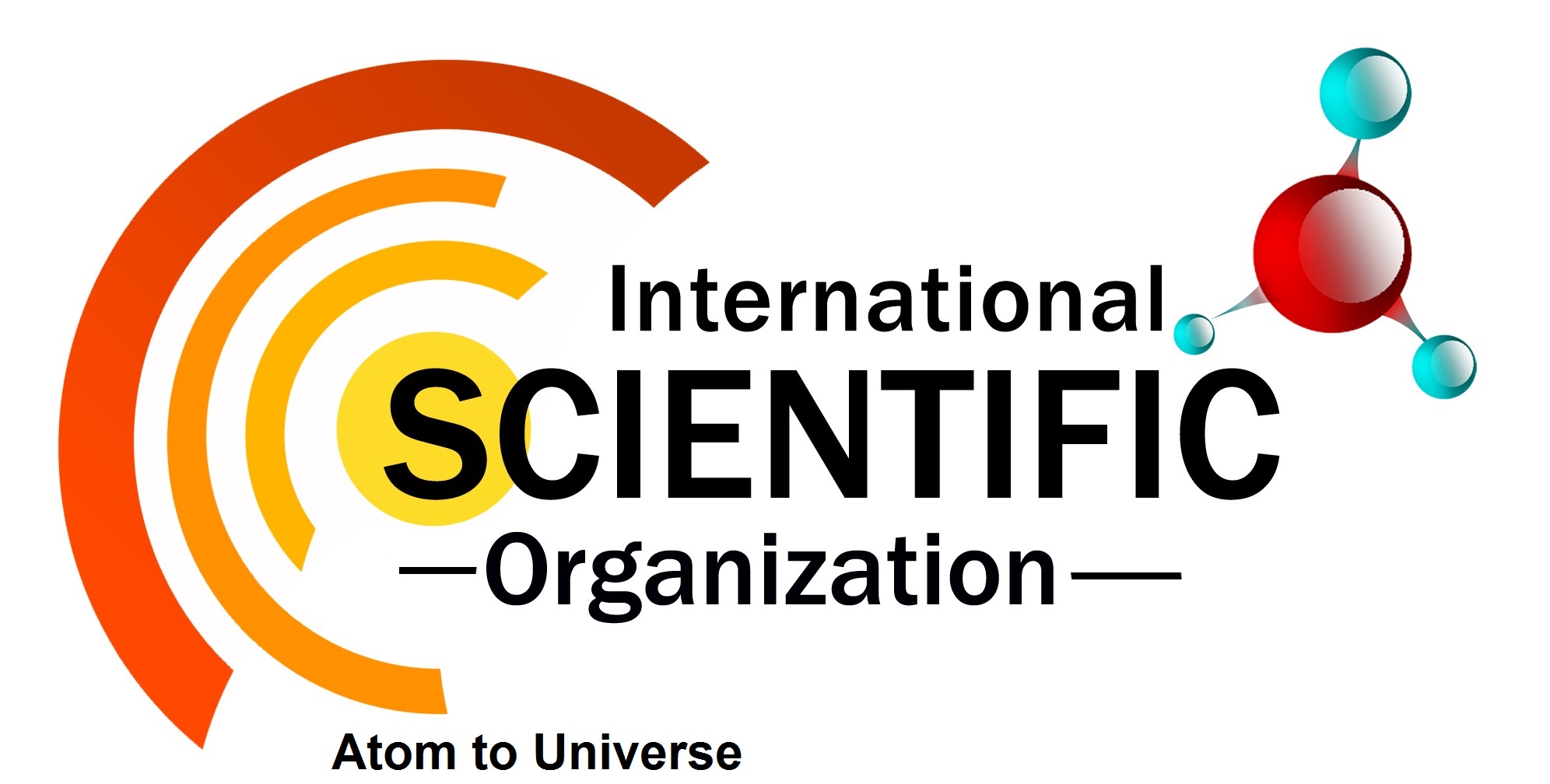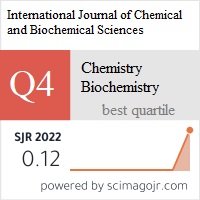International Journal of Chemical and Biochemical Sciences (ISSN 2226-9614)[/vc_column_text][/vc_column][/vc_row]
VOLUME 25(19) (2024)
Bioactivities of Cholistani harmal (Peganum harmala) with exploration of bioactive phytochemicals
Muhammad Zubair Kamran1, Moin ud Din2, Muhammad Rizwan Sahu3, Jamal Ahmad3, Bilal1, Muhammad Bilal1, Nuzhat Jamil4, Muhammad Yasir1*, Qudsia Kanwal1
1Department of Chemistry, The University of Lahore, Lahore, 5400, Pakistan
2Department of Chemistry, University of Sargodha, Sargodha, Pakistan
3Department of Chemistry, Superior University, 17Km Raiwind Road, Kot Araian, Lahore, 54000, Pakistan
4Nanobiotechnology group, National Institute for Biotechnology and Genetic Engineering (NIBGE), Faisalabad, Pakistan
Abstract
Most plant secondary metabolites serving as bioactive compounds, help to promote human health. The current project was designed to investigate medicinal attributes of P. harmala collected from Cholistan desert. Qualitative analysis exhibited high concentrations of alkaloids and flavonoids. Leaves were extracted with different solvents like water, ethanol, acetone, chloroform and n-hexane; all these extracts were subjected to analysis of bioactivities; and their synergistic effect was also investigated. Among various extracts, n-hexane extract and synergistic mixture exhibited quite high values of phenolic contents and other bioactivities. Finally, the bioactive compounds were characterized by RP-HPLC analysis. Synergistic mixture of these extracts exhibited highest phenolic contents (311.56±3.01 mg GAE/g), followed by n-hexane extract (368.45±3.12 mg GAE/g). n-Hexane extract and synergistic mixture exhibited highest DPPH free radical scavenging (89.25±0.88% for n-hexane and 90.25±0.92% for synergistic mixture), inhibition of linoleic acid peroxidation (72.23±0.45% for n-hexane and 80.12±0.68% for synergistic mixture) and β-carotene bleaching potential (78.35±0.65% for n-hexane and 82.42±0.48 % for synergistic mixture). Moreover, antibacterial activity was evaluated by disc diffusion and cytotoxicity by haemolytic assay. Synergistic mixture (27.2±0.2mm against B. fastidiosus; 22.1±0.1mm against E. coli) and n-hexane extract showed highest antibacterial (25.1±0.3mm against B. fastidiosus; 20.6±0.2mm against E. coli). Lowest cytotoxicity was obtained for n-hexane extract (3.25±0.02%) and synergistic mixture (2.65±0.02%) which recommended their usage in medicinal formulations. HPLC analysis of synergistic mixture of all P. harmala extracts exhibited the presence of seventeen bioactive compounds. Thus, P. harmala leaves can be very effectively used for treatment of numerous diseases.
Keywords: Cholistan, P. harmala, Antioxidant, Antibacterial, Cytotoxicity, HPLC.
Full length article – PDF *Corresponding Author, e-mail: muhammad.yasir@chem.uol.edu.pk Doi # https://doi.org/10.62877/12-IJCBS-24-25-19-12
International Scientific Organization- Atom to Universe
Journals
- International Scientific Organization
- International Journal of Chemical and Biochemical Sciences (IJCBS)
- Volume 27 (2025)
- Volume 26 (2024)
- Volume 25 (2024)
- Volume 24 (2023)
- Volume 23 (2023)
- Volume 22 (2022)
- Volume 21 (2022)
- Volume 20 (2021)
- Volume 19 (2021)
- Volume 18 (2020)
- Volume 17 (2020)
- Volume 16 (2019)
- Volume 15 (2019)
- Volume 10 (2016)
- Volume 14 (2018)
- Volume 13 (2018)
- Volume 12 (2017)
- Volume 11 (2017)
- Volume 9 (2016)
- Volume 8 (2015)
- Volume 7 (2015)
- Volume 6 (2014)
- Volume 5 (2014)
- Volume 4 (2013)
- Volume 3 (2013)
- Volume 2 (2012)
- Volume 1 (2012)
- Store
- Cart
- Account


